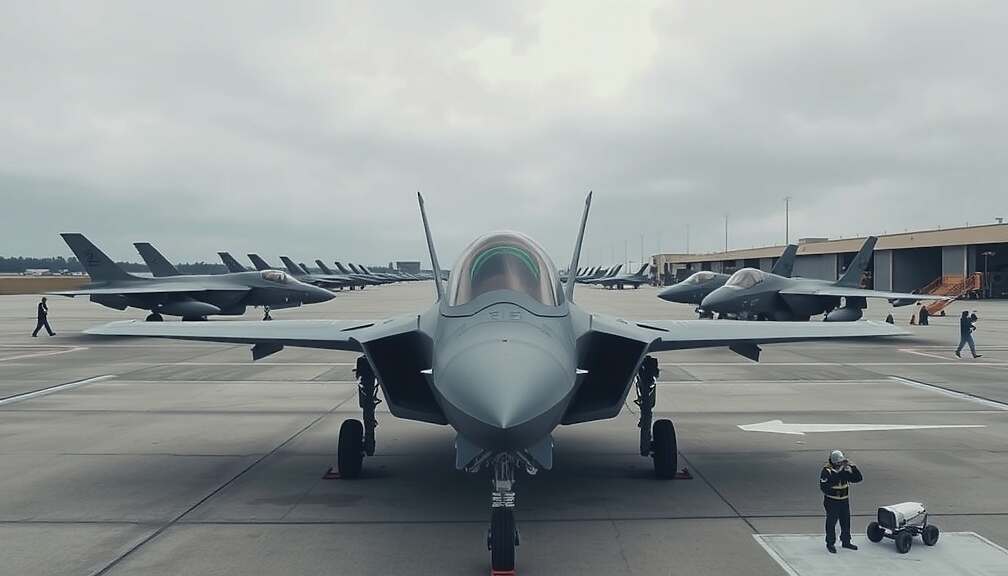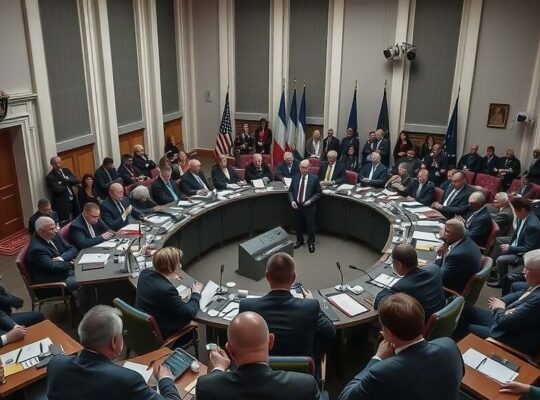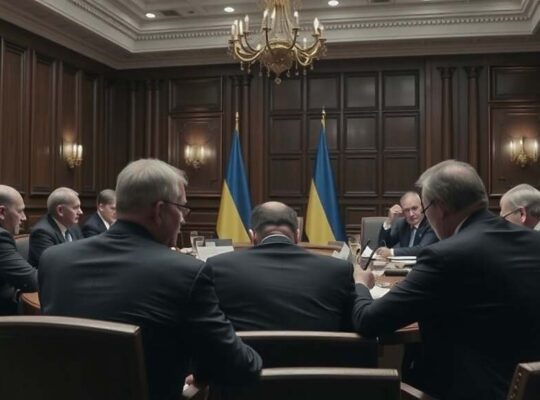The German Ministry of Defense is poised to approve the acquisition of an additional 15 F-35A fighter jets from Lockheed Martin, according to a confidential briefing paper submitted to the Bundestag and reported by “Der Spiegel”. The procurement, already classified as a military project, carries an estimated budget of €2.5 billion, signaling a significant escalation in Germany’s defense spending and a clear alignment with escalating geopolitical tensions.
The move represents a substantial reinforcement of Germany’s air capabilities, complementing the 35 F-35s already ordered, with initial deliveries slated for 2027. While the Ministry frames the purchase as essential to fulfilling Germany’s commitments within NATO, particularly in light of the intensified Russian threat, critics are questioning the strategic implications of further reliance on U.S. military hardware.
The decision comes shortly after the Bundeswehr’s order of 20 additional Eurofighter jets, demonstrating a broader push to modernize and expand Germany’s aerial defenses. The recent NATO summit in Den Haag underscored the alliance’s commitment to strengthening defense and deterrence capabilities, with air superiority identified as a cornerstone of the renewed strategy.
However, the focus on U.S.-manufactured assets-specifically, the heavy investment in the F-35 program-provokes debate regarding Germany’s long-term strategic autonomy. Concerns are being voiced within parliament regarding the potential vulnerability of tying German military readiness so closely to U.S. foreign policy objectives and supply chains. While the immediate need for enhanced defense capacity is acknowledged, some lawmakers are advocating for a more diversified procurement strategy that prioritizes European industry and reduces dependence on external suppliers, ensuring Germany retains greater control over its national security posture. The rapid escalation of defense spending also raises questions about the opportunity cost, prompting scrutiny over potential diversions from other essential areas within the federal budget.












